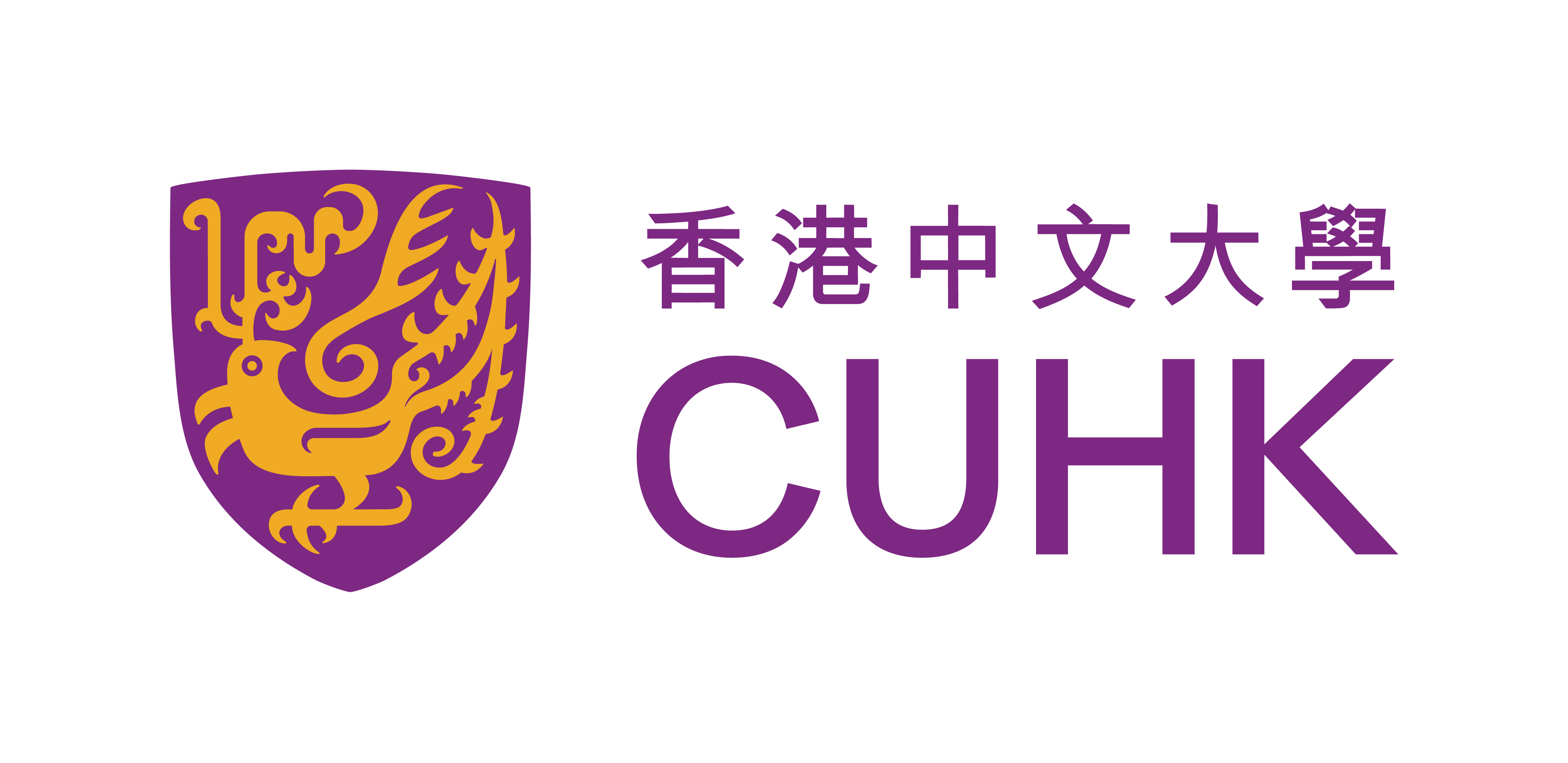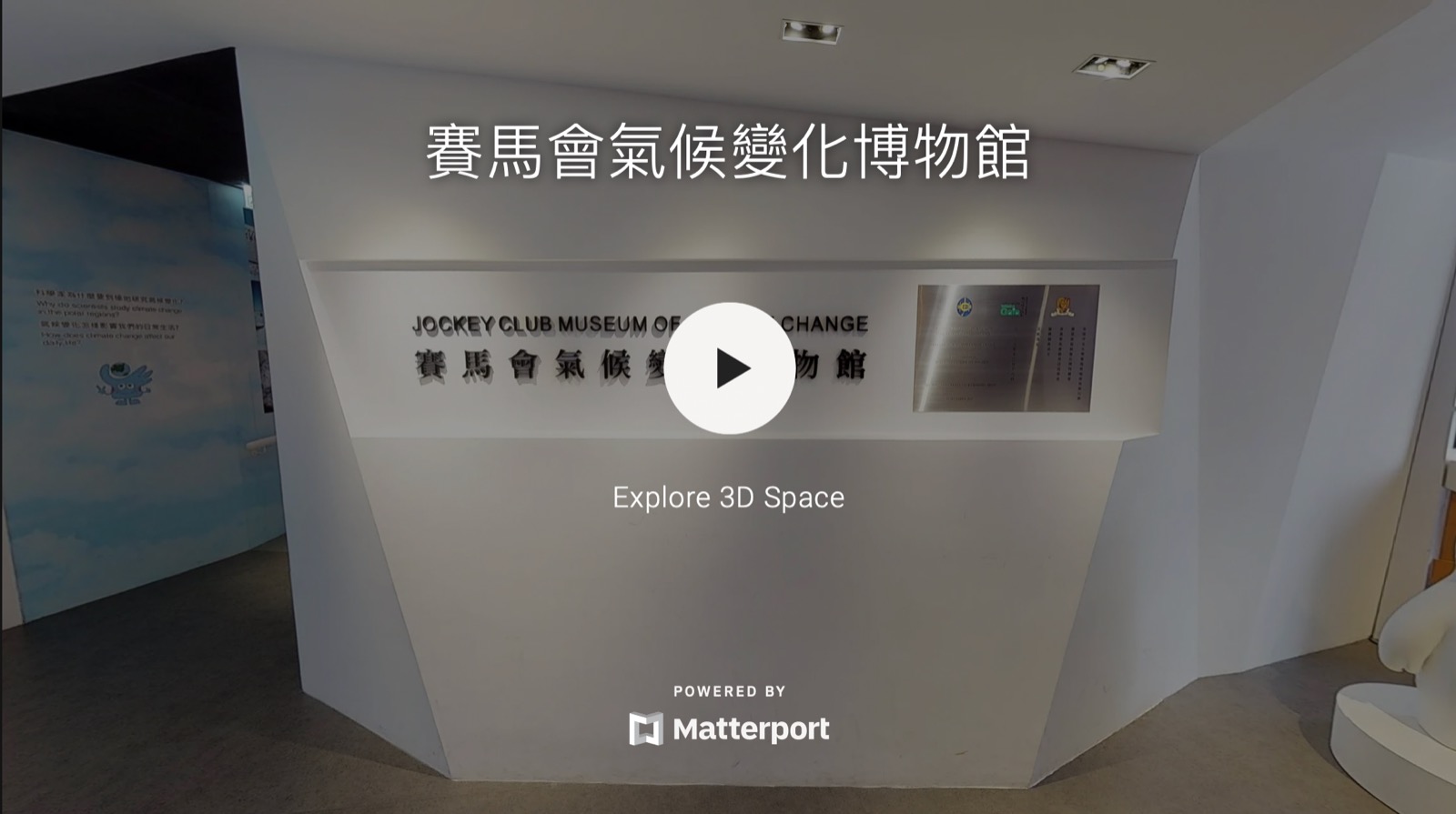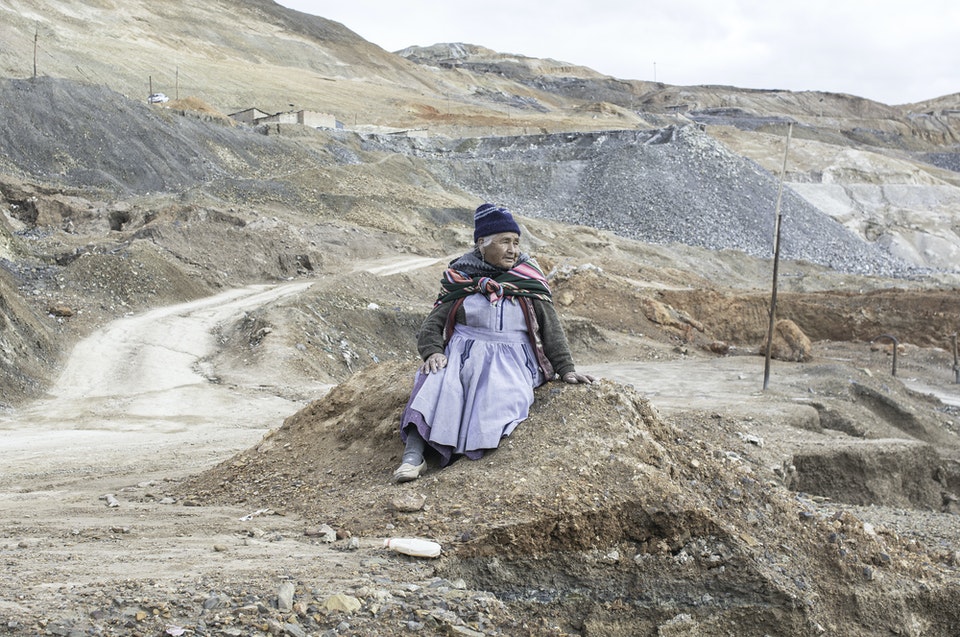Although women have long been working alongside men in the mines of Bolivia, they are believed to bring bad luck.
They are also undervalued. Because they are paid less than men, have a poor knowledge of mining work, are at risk of accidents if they work in the galleries, and are resented by the men, who feel that women should not work in the mines, most of them have chosen to leave the galleries and to engage in open-pit mining work, notably in the clearing of tailings.
Their plight is the product of a historical process of violence, colonization and displacement.
The plunder and exploitation of the mines of the Potosí mines in Bolivia began 476 years ago. The Spanish name Cerro de Potosí, or Cerro Rico de Potosí, was given to a site whose original name in the Quechua language was Sumaj Orck’o (‘the beautiful hill’). The name ‘beautiful hill’ can now only be used ironically.
The Potosí mines were and still remain an important mining center located on the Cerro Rico de Potosí. Cerro Rico, more than 4,500 meters high, is bordered by miles of mining tunnels. During the European Age of Discovery, the ‘inexhaustible’ mines of Potosí gave Spain and its empire more silver than any other place in the world. Its exploitation, which has continued into the 21st century, brought wealth and prosperity to Europe. The mines were worked by the forced labour of the indigenous population. Many of these forgotten slaves died to make Spain rich.
The city of Potosí still lives in the shadow of Cerro Rico. The exploitation of the mines continues to be the basis of the local economy. Two centuries after gaining its independence from Spain, Bolivia has still failed to close the mine galleries. Around 15,000 workers, some of them children, continue to work daily in the Bolivian mines, in very hard conditions. They work more than 80 meters below ground level, where the temperature rises to 40°C. The air they breathe is mixed with moisture, dust and particles of silver, sulfur and arsenic. Most of the men and boys who work in these painful conditions have a life expectancy of only 45 years. Even so, the work goes on in the bowels of the mountain.
The Potosi mines have been worked for half a millennium, and are some of the oldest mines in Latin America. They can also be regarded as a massive, unhealed wound. This wound was inflicted initially by the Spanish conquistadors, in the service of colonial exploitation, but has been allowed by successive governments to remain open to this day.













